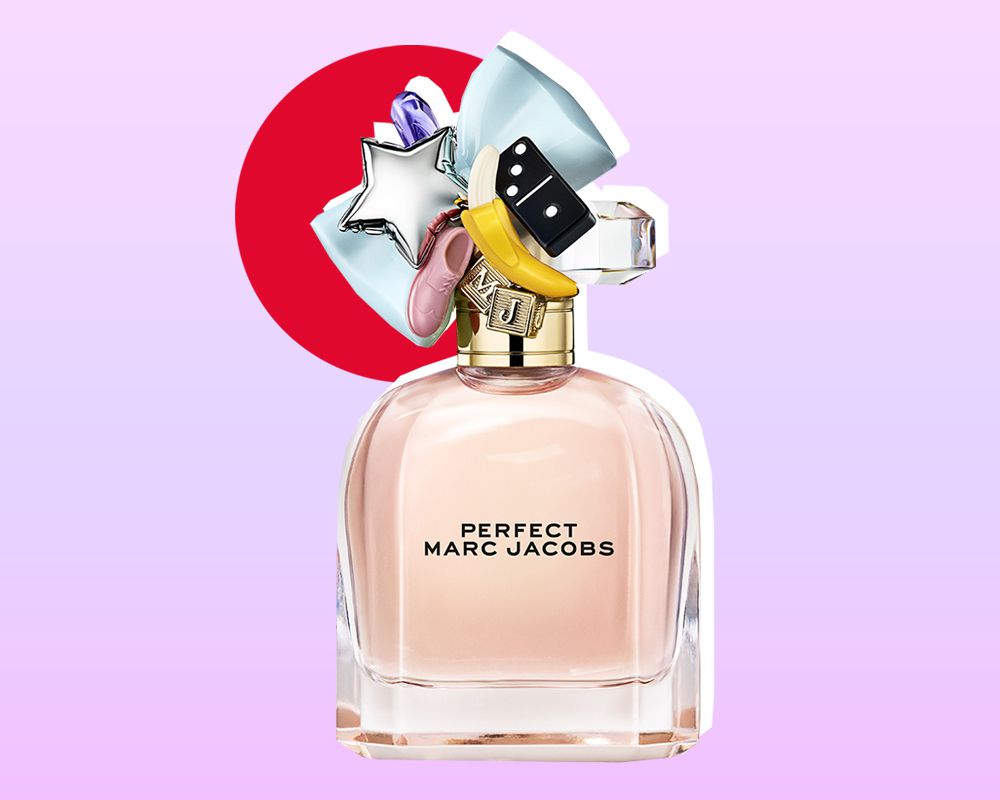Dermatologists Say These Non-Comedogenic Oils Will Clarify—Not Clog—Your Pores
It wouldn’t be fair to lump together an entire skincare category as “bad,” but if you’re someone with acne-prone, oily skin, you might be guilty of doing just that when it comes to face oils. So what if we told you that non-comedogenic oils don’t only exist but you (yes, even you) should definitely be using one? As board-certified dermatologist Dr. Jennifer Herrmann, MD, puts it, “Plant-based oils contain essential fatty acids, vitamins, and antioxidants, which nourish the skin but also strengthen its barrier, increase elasticity, and fight damage from environmental chemicals and UV.” See? There are so many potential skin benefits you’d be missing out on without a face oil. But, as Herrmann points out, there are numerous plant oils and extracts, and their chemical composition of fatty acids varies, and different ratios of acids can be helpful or more harmful for acne.
To understand the difference, scientifically speaking, between oils that clog your pores and ones that don’t (i.e., comedogenic vs. non-comedogenic oils), we turned to cosmetic chemists Gloria Lu and Victoria Fu of Chemist Confessions.
“There actually isn’t any set defining chemical structural difference between comedogenic and non-comedogenic oils,” Lu explains, adding that how these ingredients interact with skin and cause comedones is actually not well understood. It’s an empirical trait qualified through testing (that’s somewhat controversial), but based on that testing, Lu says there are quite a few non-comedogenic oil options in skincare.
But first, a word on comedogenic oils. The most common pore-clogging oil is coconut oil, but the experts also flag palm, soybean, wheat germ, flaxseed, and even some ester oils, like myristyl myristate, as comedogenic. Herrmann adds that other oils higher in oleic acid, like cocoa and shea butter, might be less helpful and encourage breakouts in those who are prone. If you’re using a blend of oils, you’ll generally want to avoid those aforementioned comedogenic oils, but Fu points out that just because a product has comedogenic ingredients doesn’t necessarily mean the product is bad. “The entire formula and the concentration of the offending ingredient also matters,” Fu explains.
Now, let’s get into all the non-comedogenic oils that even those with acne-prone skin could feel comfortable using. Of course, there are no universal recommendations, so be sure to always try it on a small area of skin first. “Oils can impact individuals differently, and their effect may be varied due to someone’s natural skin hydration and oil composition and what medications they may be using,” Herrmann adds.
Below, your guide to non-comedogenic oils and seven worth checking out.
Rosehip Oil
If you’re particularly acne-prone, Fu and Lu suggest looking for linoleic acid-forward oils, such as rosehip oil. This non-fragrant plant oil has a high concentration of linoleic acid (aka omega-6 fatty acids), which studies show could be helpful for acne. “It’s definitely understandable why the concept of putting more oil on sounds scary for acne-prone skin, but oily skin can still benefit from good oils to help keep skin moisturized,” Fu explains.
Despite the fact that this oil blend from Fu and Lu’s skincare line, Chemist Confessions, is packed with oils, the consistency still feels light and weightless on the skin. In addition to rosehip oil, this formula contains sea buckthorn seed oil and squalane to nourish any and every skin type.
Squalane
If you’re worried about using an oil, Lu says a very, very vanilla starting point for most skin types is squalane, which Lu describes as non-comedogenic and incredibly stable. Not to be confused with squalene (which is found naturally in the skin), squalane is the lighter version that works to moisturize by trapping moisture into the skin.
One of Herrmann’s top product picks, this face oil is a good option for restoring natural linoleic acid while simultaneously helping to kill acne bacteria, thanks to the sunflower seed oil, tea tree oil, and of course, squalane.
Hemp Seed Oil
One oil on the top of all the experts’ lists of the least comedogenic is hemp seed oil. “Interestingly, studies have shown that those with acne often have low levels of the essential fatty acid linoleic acid in the skin, which can lead to skin surface build-up and clogging,” Herrmann explains. Oils that are high in linoleic acid, like hemp seed oil might just help that.
Cannabis sativa (hemp) seed oil might be the star ingredient in this face oil, but it’s not the only one worth noting. Sunflower seed oil and squalene also work to nourish the skin. Apply a few drops after cleansing in the morning or at night to help repair the skin barrier, reduce inflammation, and provide antioxidant effects.
Grapeseed Oil
Next on the list, grapeseed oil (or as it’s sometimes called, Vitis vinifera). High in linoleic acid and rich in vitamin E, this lightweight oil is another one our experts recommend for moisturizing and balancing the skin. To get the most out of your grapeseed oil, be mindful of where you store it, as is the case with most oils. “Just keep in mind that oils can go rancid, so do pay attention to shelf life and store these in vampire settings: sealed and in a dark, cool place,” Fu adds.
One of our favorite products with grapeseed oil, this fragrance-free cream also contains squalane, jojoba oil, and sunflower seed oil to repair and restore the skin.
Jojoba Oil
Another notable non-comedogenic oil, and one of Lu’s top picks, is jojoba oil (Simmondsia chinensis). But it’s not technically an oil—it’s a wax ester. This means it’s actually very similar to skin’s natural sebum and because of that, it helps to balance the skin’s oil production. What’s more, the fact that it’s a wax ester also makes it much more stable than oils, which typically go rancid quickly.
With this facial oil, what you see is what you get, which is why it’s one of our top picks. It’s made from 100% extra-virgin, cold-pressed jojoba oil, so you know you’re getting the good stuff. Rub it on your cuticles, use it as a hair mask, add it to your moisturizer—the uses of jojoba oil are endless.
Tea Tree Oil
According to Herrmann, tea tree oil (Melaleuca alternifolia) has been shown to have antimicrobial and anti-inflammatory properties, which means it could also benefit those with acne. Not only that, but tea tree oil could help to kill acne bacteria without promoting antibiotic resistance like antibiotics can. Word to the wise: As an essential oil, tea tree oil would be best diluted first in a carrier oil before being applied to the skin.
Who said you can’t apply face oils on skin with acne? One of Herrmann’s recommendations, this face oil is actually made specifically for acne-prone skin. The formula combines tea tree oil, black cumin, and salicylic acid that help kill bacteria and lightly exfoliate the skin to decrease the chance of breakouts.
Sunflower Oil
Need a good carrier oil for your essential oils? Try another one of Lu’s recommendations, sunflower oil (aka Helianthus annuus), a non-fragrant plant oil that’s rich in linoleic acid and other essential fatty acids. Remember, fragrant plant-based oils can cause skin irritation, sensitivity to the sun, and possibly allergic reactions, so be sure to test any essential oils for irritation as well as your carrier oil.
Sunflower oil is just one of many non-comedogenic oils in this blend, one of our favorite facial oils. You’ll also find rosehip seed oil, sweet almond oil, evening primrose oil, and safflower oil, all of which get the seal of approval from the experts. Although it might not specifically target breakouts, acneic skin can benefit from using this face oil to repair a compromised skin barrier.
KEY INGREDIENTS
Almond oil is a hydrator that is rich in vitamin D, vitamin E, and various minerals. It helps soothe the skin from irritation and protect it from UV radiation damage.










